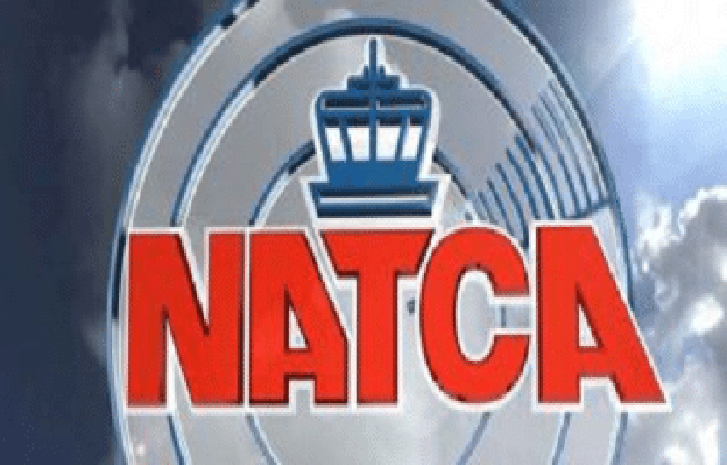NATCA Worried Over Inadequate ATCs To Man Airports | Independent Newspaper Nigeria

Source: Independent Newspapers Nigeria
LAGOS - The Nigerian aviation industry is facing a severe shortage of Air Traffic Controllers (ATCs) as the department is left with less than 400 qualified personnel to man about 30 airports nationwide, apart from the various airfields across the country, according to Mr. Abayomi Agoro, the President of Nigerian Air Traffic Controllers Association (NATCA).
To close the gap, there are indications that the Nigerian Airspace Management Agency (NAMA) would require additional 200 personnel nationwide, even as more airports spring up in the country.
Agoro, in an exclusive interview with Daily Independent in Lagos, lamented that the department was suffering from acute shortage of personnel, while those recently recruited by the government were yet to obtain the required licences.
According to Agoro, the former government recruited over 100 cadets as ATCs for NAMA, but these new recruits were yet to attend the Nigerian College of Aviation Technology (NCAT) for training and certification.
Besides, Agoro explained that NCAT had limited capacity to train the required professionals for the industry, despite having six schools.
Agoro decried the japa syndrome, which had crippled many sectors of the economy, including the Nigerian aviation industry.
He further declared that 50 percent of instructors at NCAT had left the institution for either NAMA, other agencies or outside the country because of poor remuneration.
He said: "There is no sector in Nigeria that is not facing the japa syndrome. You can't compare the effect in ATC to that of those in the medical line. Like I said earlier, some of the instructors are also leaving Zaria to come to NAMA and other agencies in the sector.
"You should also know that airports are springing up daily. So, the more airports spring up, the more hands you also require to engage. The only thing is that we just have to find a way to turn around some of these challenges. We have more than 100 ATCs who are yet to be trained and I am sure by the time those people are trained and earn their licences, the number would reduce.
"In NAMA, we have about 400 ATCs and I can tell you that we need about 150 to 200 personnel more in that department. We have about 30 airports nationwide now.
"Zaria needs more instructors and as it stands now, some of the instructors are being seconded from the field to augment whatever they have."
Agoro, however, said that the current management at NAMA was attending to some of the challenges in the agency, especially in the department.
According to him, Engr. Farouk Umar, the Managing Director, NAMA, being an insider in the agency, was making efforts to close the manpower gap in the system.
He explained that Farouk had promised to address the communication and equipment challenges in the system, stressing that with this, the problems would drop.
"We appreciate the fact that the new Managing Director is an insider and he has seen what some of the things the association was clamouring for. The issue of manpower gap about ATC is not today. It has been there for decades, but I appreciate the fact that immediately he (Farouk) came in, he said he was aware of some of these problems. He has spoken about communication, degradation of the equipment and others. These are facts.
"The new Managing Director of NAMA is a staff-oriented person. He has taken some initiatives to see how staff can also be boosted morally; we also appreciate that.
"For us at NATCA, we are going to work with him; he is one of us and better than what we had before who was not ready to listen to anybody. On a few occasions, we have sat with him, expressed our minds and he was ready to listen to us," he said.
Just last month, Umar decried that many airlines were avoiding Nigeria's airspace because of difficulties encountered in communication with ATCs.
He explained that there was the need to improve the weak communication system, which had been demand-saturated as the industry grew and more routes were opened.
